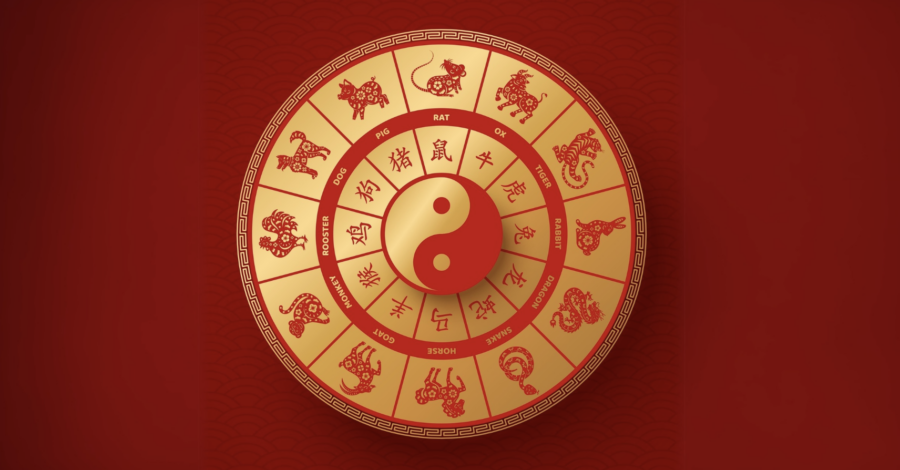
Chinese Lunar Calendar: A Trip Through Time
The origins of marking and tracking time in ancient China dates back over 4,000 years. The Chinese Lunar calendar was conceived through ancient observation and exploration of the relationship between the Sun, Moon, stars, Earth, and humans in this vast universe. It is also called the Lunisolar calendar, Yin calendar, Xia calendar or the old Chinese calendar, and is the second most well-known calendar in the world.
The official calendar of China is the Gregorian calendar. The Lunar calendar is largely used for celebrations and more traditional events.
Seasonal
During the Shang Dynasty, four solar terms evolved within the Lunar calendar—Spring Equinox, Summer Solstice, Fall Equinox, and Winter Solstice—by observing the shadow at midday. By 104 BC, 24 solar terms emerged during Earth’s annual orbit around the Sun. They relate to the Sun’s position and mark important dates connecting seasons, climate, and agriculture.
Between each of the solstices and equinoxes lies the beginning of Winter, Spring, Summer, and Fall. Every seventh or eighth day of November marks the start of Winter and the halfway point between the Fall Equinox and the Winter Solstice. This transitional period between seasons gives us an opportunity to prepare the body for the coming seasonal energy. The Lunar calendar can be used together with Qigong practice to embrace healing, balance, and harmony.
Zodiac
In the Chinese zodiac, every lunar year is represented by an animal. This cyclical calendar repeats every 12 years: Rat, Ox, Tiger, Rabbit, Dragon, Snake, Horse, Ram, Monkey, Rooster, Dog, Pig. These animal signs each have their own distinct personalities based on culture and tradition. Each person is assigned an animal sign along with a corresponding element sign (Earth, Water, Fire, Metal, Wood) according to the month and year of their birth.
In 2025, we are making the transition from the Year of the Wood Dragon—a symbol of extraordinary luck and good fortune—to the Year of the Wood Snake. The celebration begins January 29, 2025. The Snake is sensitive, personable, cautious, and extremely resourceful, and displays flexibility in both thought and action.
Lunar New Year
Follow our blog over the next two weeks to learn more about Chinese New Year and its symbolism, and to discover your fortune in the Year of the Snake!
Use the wisdom of Lunar New Year to connect with the invisible power of Nature. Lighten up on your foods, find peaceful moments in each day, and stand in the powerful posture The Dragon Stands Between Heaven and Earth. (Practice video below.)
Join Us
A new Dragon’s Way Qigong® program begins January 27, 2025. Register today and see major changes in yourself! This is an in-person class at our center in NYC, taught by Deborah Hallahan.









